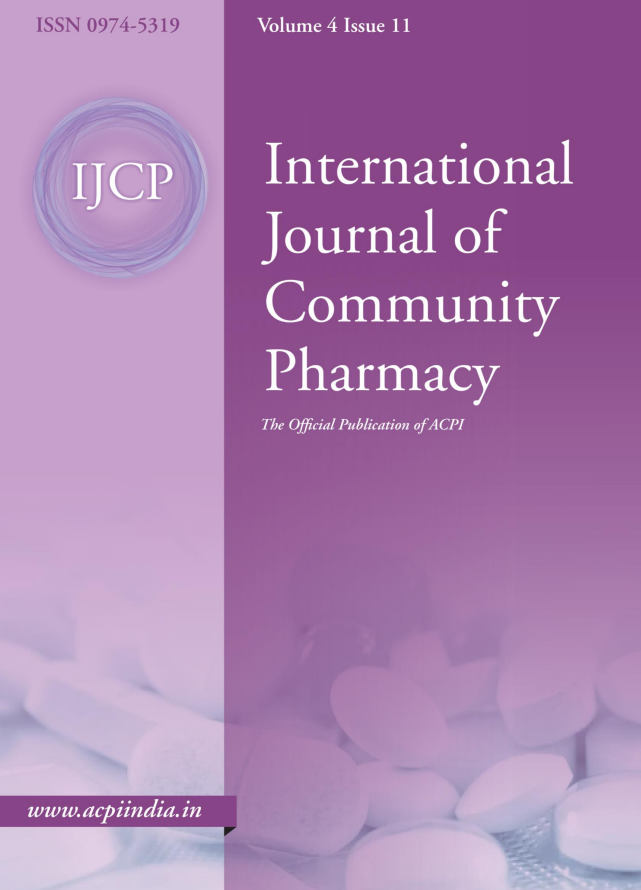Study of Drug Use Pattern of Anti Tb Drugs in a Tertiary Care Teaching Hospital of Karnataka, India - Aretrospective Study
##plugins.themes.bootstrap3.article.main##
Authors
Abstract
Tuberculosis is one of the leading causes of mortality and morbidity around the world, infecting approximately 8 billion people, with an annual death rate of close to 1 million. The retrospective study was undertaken to assess the prescribing pattern of anti-TB drugs. The study was carried out in the general medicine of Navodaya Medical College Hospital and Research Centre at Raichur, over a period of 3 months from September to November 2023. A total of 100 patients were incorporated in the study. Among the total population, 75% were male and 25% were females. The maximum numbers of patients were in the age group of 40 to 60 yrs. The patients were classified into normal TB and EPTB. The study shows that when compared to EPTB, PTB shows most occurrences as per the study conclusions. The often risk factor involved in TB was alcohol (50%) and smoking (50%) followed by tobacco chewing (20%). In this study majority of the patients have received first line antitubercular treatment which consist of isoniazid, rifampicin, pyrazinamide, ethambutol and streptomycin. Out these medications isoniazid, rifampicin, pyrazinamide and ethambutol are the most prescribed medications which contributes 45% of overall drugs prescribed for tuberculosis treatment. In Summary, efforts to enhance the management of tuberculosis in our tertiary care teaching hospital should focus on ensuring guideline adherence and optimizing patient care to achieve the best outcomes for individuals. The patients showed good recovery which concludes that standard prescription pattern provides a good success rate in the treatment of tuberculosis



